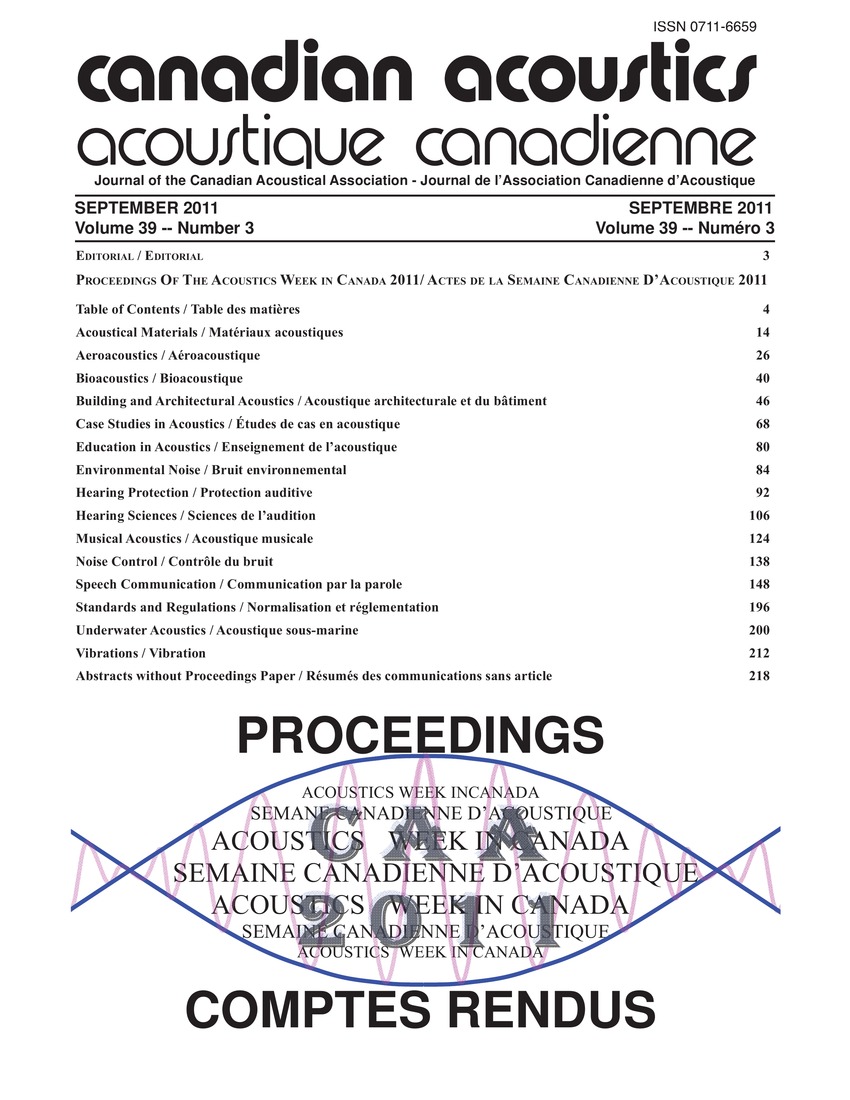Direct numerical simulation of self-noise of an installed control-diffusion airfoil
Keywords:
Aeroacoustics, Boundary layer flow, Reynolds number, Adverse pressure gradient, Anechoic rooms, Anechoic wind tunnels, Boundary layer thickness, Compacity, Controlled diffusion, Lattice boltzmann methods (LBM), Particle distribution functions, Single-step, Trailing edge noise, Turbulent boundary layersAbstract
A study investigating the compressible flow around a controlled diffusion (CD) airfoil in a full anechoic open-jet facility is presented. The trailing edge noise sources of the CD airfoil and their propagation in the anechoic wind tunnel are simulated in a single step for the first time, using the Lattice Boltzmann Method (LBM) implemented in the PowerFlow solver. The LBM solves the time and space evolution of a discrete particle distribution function on a lattice grid. The method is naturally transient and compressible, and has been successfully applied to aero-acoustics problems at similar Reynolds number. Close to the reattachment point a turbulent boundary layer develops. When the curvature changes, the adverse pressure gradient leads to an increase of the boundary layer thickness. The non compacity of the source can be seen by the cardioid radiation pattern in the anechoic room.Additional Files
Published
How to Cite
Issue
Section
License
Author Licensing Addendum
This Licensing Addendum ("Addendum") is entered into between the undersigned Author(s) and Canadian Acoustics journal published by the Canadian Acoustical Association (hereinafter referred to as the "Publisher"). The Author(s) and the Publisher agree as follows:
-
Retained Rights: The Author(s) retain(s) the following rights:
- The right to reproduce, distribute, and publicly display the Work on the Author's personal website or the website of the Author's institution.
- The right to use the Work in the Author's teaching activities and presentations.
- The right to include the Work in a compilation for the Author's personal use, not for sale.
-
Grant of License: The Author(s) grant(s) to the Publisher a worldwide exclusive license to publish, reproduce, distribute, and display the Work in Canadian Acoustics and any other formats and media deemed appropriate by the Publisher.
-
Attribution: The Publisher agrees to include proper attribution to the Author(s) in all publications and reproductions of the Work.
-
No Conflict: This Addendum is intended to be in harmony with, and not in conflict with, the terms and conditions of the original agreement entered into between the Author(s) and the Publisher.
-
Copyright Clause: Copyright on articles is held by the Author(s). The corresponding Author has the right to grant on behalf of all Authors and does grant on behalf of all Authors, a worldwide exclusive license to the Publisher and its licensees in perpetuity, in all forms, formats, and media (whether known now or created in the future), including but not limited to the rights to publish, reproduce, distribute, display, store, translate, create adaptations, reprints, include within collections, and create summaries, extracts, and/or abstracts of the Contribution.


